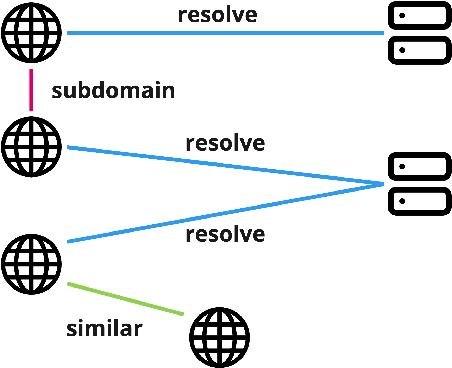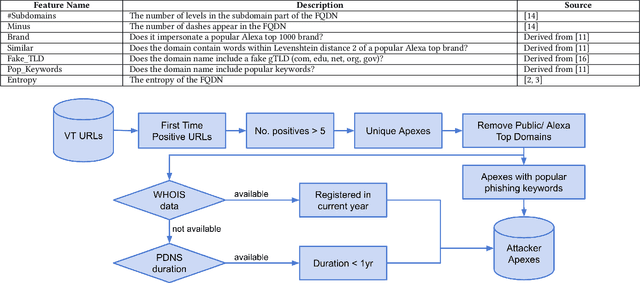Fatih Deniz
aiXamine: Simplified LLM Safety and Security
Apr 23, 2025



Abstract:Evaluating Large Language Models (LLMs) for safety and security remains a complex task, often requiring users to navigate a fragmented landscape of ad hoc benchmarks, datasets, metrics, and reporting formats. To address this challenge, we present aiXamine, a comprehensive black-box evaluation platform for LLM safety and security. aiXamine integrates over 40 tests (i.e., benchmarks) organized into eight key services targeting specific dimensions of safety and security: adversarial robustness, code security, fairness and bias, hallucination, model and data privacy, out-of-distribution (OOD) robustness, over-refusal, and safety alignment. The platform aggregates the evaluation results into a single detailed report per model, providing a detailed breakdown of model performance, test examples, and rich visualizations. We used aiXamine to assess over 50 publicly available and proprietary LLMs, conducting over 2K examinations. Our findings reveal notable vulnerabilities in leading models, including susceptibility to adversarial attacks in OpenAI's GPT-4o, biased outputs in xAI's Grok-3, and privacy weaknesses in Google's Gemini 2.0. Additionally, we observe that open-source models can match or exceed proprietary models in specific services such as safety alignment, fairness and bias, and OOD robustness. Finally, we identify trade-offs between distillation strategies, model size, training methods, and architectural choices.
aiXamine: LLM Safety and Security Simplified
Apr 21, 2025



Abstract:Evaluating Large Language Models (LLMs) for safety and security remains a complex task, often requiring users to navigate a fragmented landscape of ad hoc benchmarks, datasets, metrics, and reporting formats. To address this challenge, we present aiXamine, a comprehensive black-box evaluation platform for LLM safety and security. aiXamine integrates over 40 tests (i.e., benchmarks) organized into eight key services targeting specific dimensions of safety and security: adversarial robustness, code security, fairness and bias, hallucination, model and data privacy, out-of-distribution (OOD) robustness, over-refusal, and safety alignment. The platform aggregates the evaluation results into a single detailed report per model, providing a detailed breakdown of model performance, test examples, and rich visualizations. We used aiXamine to assess over 50 publicly available and proprietary LLMs, conducting over 2K examinations. Our findings reveal notable vulnerabilities in leading models, including susceptibility to adversarial attacks in OpenAI's GPT-4o, biased outputs in xAI's Grok-3, and privacy weaknesses in Google's Gemini 2.0. Additionally, we observe that open-source models can match or exceed proprietary models in specific services such as safety alignment, fairness and bias, and OOD robustness. Finally, we identify trade-offs between distillation strategies, model size, training methods, and architectural choices.
PDNS-Net: A Large Heterogeneous Graph Benchmark Dataset of Network Resolutions for Graph Learning
Mar 15, 2022



Abstract:In order to advance the state of the art in graph learning algorithms, it is necessary to construct large real-world datasets. While there are many benchmark datasets for homogeneous graphs, only a few of them are available for heterogeneous graphs. Furthermore, the latter graphs are small in size rendering them insufficient to understand how graph learning algorithms perform in terms of classification metrics and computational resource utilization. We introduce, PDNS-Net, the largest public heterogeneous graph dataset containing 447K nodes and 897K edges for the malicious domain classification task. Compared to the popular heterogeneous datasets IMDB and DBLP, PDNS-Net is 38 and 17 times bigger respectively. We provide a detailed analysis of PDNS-Net including the data collection methodology, heterogeneous graph construction, descriptive statistics and preliminary graph classification performance. The dataset is publicly available at https://github.com/qcri/PDNS-Net. Our preliminary evaluation of both popular homogeneous and heterogeneous graph neural networks on PDNS-Net reveals that further research is required to improve the performance of these models on large heterogeneous graphs.
 Add to Chrome
Add to Chrome Add to Firefox
Add to Firefox Add to Edge
Add to Edge